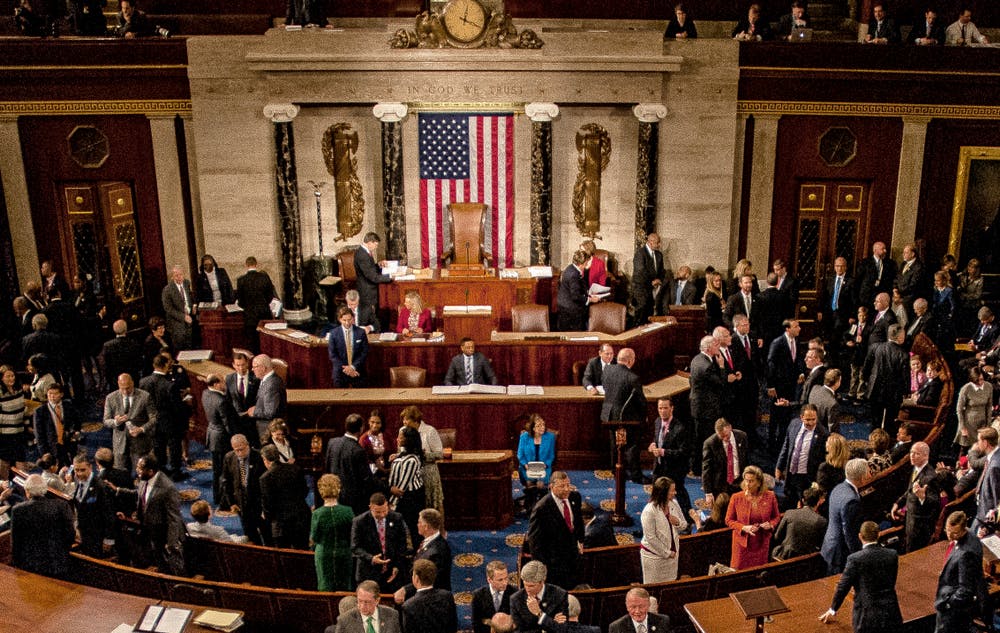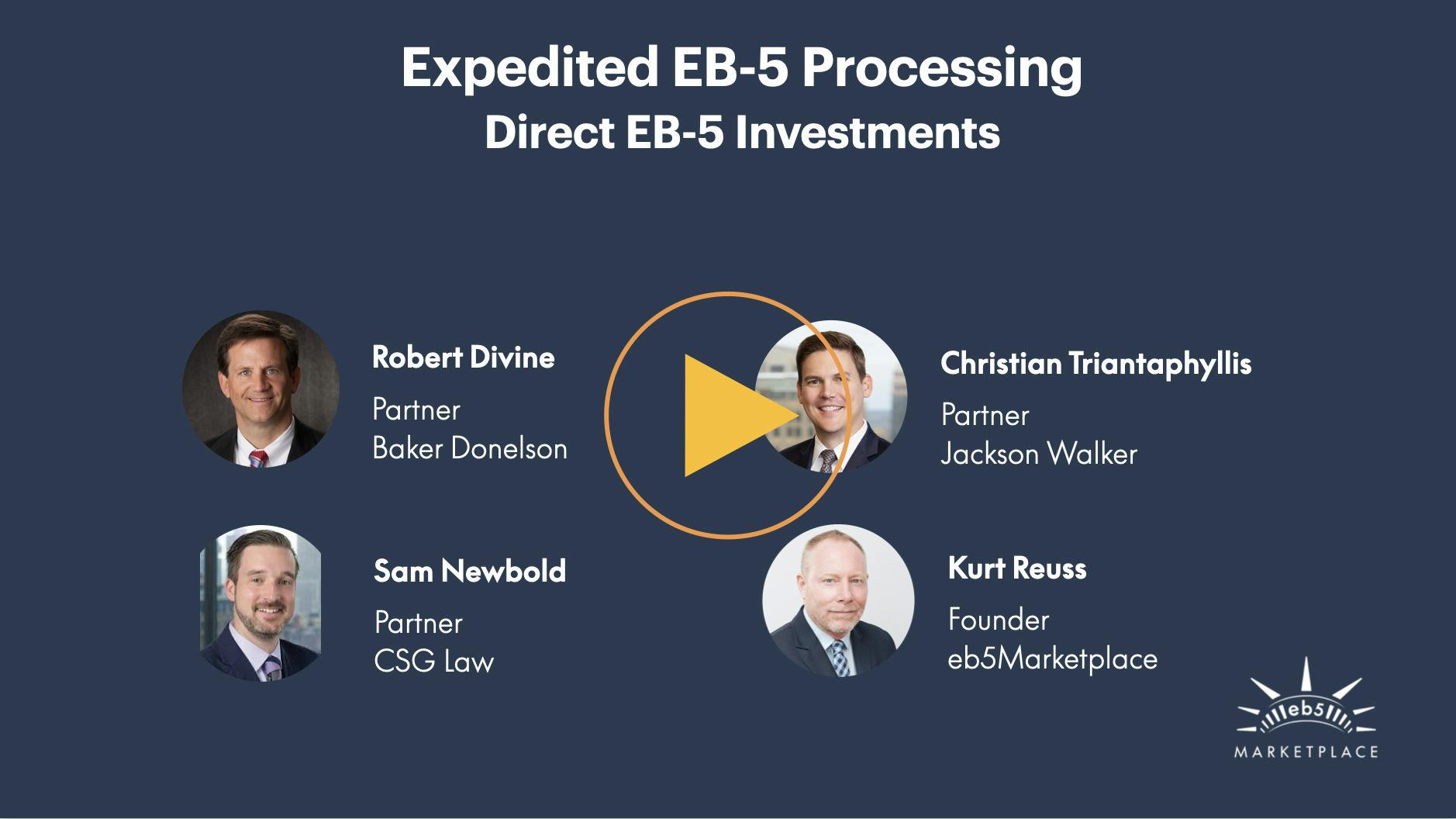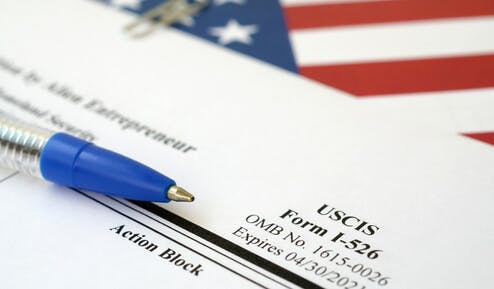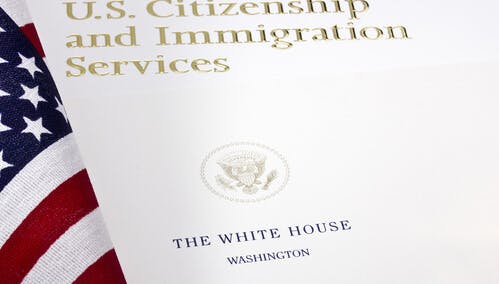NES Financial produced a webinar on current trends in EB-5, especially with regards to the impact of COVID-19. Some highlights: Russian activity has been significant this year; the best projects going forward will “observe the market” and cater to the more sophisticated investors; the pandemic is causing many high-net-worth individuals to reevaluate their residency.
Global EB-5 investor trends
Scott Fuller, CEO ||abc|| Managing Partner of an EB-5 fund, EB-5 United, has offered detailed observations on what he’s seen thus far in 2020. Here are some of his key points:
- With China’s greatly diminished activity in EB-5, Vietnam has stepped in to become a bigger player the last couple years
- The pandemic has curtailed, as expected, much of the market in Vietnam, though Vietnamese investor activity is beginning to increase
- Korea is another East Asian market that is drawing attention; notably, a couple of migration agents, working with many sub-agents, control much of the market; Korean investors, given the circumstances of the pandemic, has been reasonably active
- The Taiwan market has been “consistent” but with the political tensions that region has with China, Taiwanese EB-5 activity is expected to increase
- On the flip side, because of the political situation, expectations for Hong Kong have been greater than the very limited investor activity seen thus far this year
- Fuller has seen the “best results” and “significant interest out of Russia and other CIS countries (a commonwealth of 11 former USSR countries)
- While many EB-5 stakeholders have been looking to Latin America, Fuller, says that region has not been a huge market as of late — largely due to the pandemics and currency issues.
- Fuller acknowledged that another up-and-coming EB-5 market, South Africa, is a player to watch for
Impact of the new EB-5 regulations
The industry anticipated that the EB-5 changes implemented on November 21, 2019, would have a major impact. The simple math of the increased investment amount has lead to a smaller pool of investors. And because the pool of EB-5 investors is smaller, Fuller remarks that stronger safeguards are now required to protect those investors.The raised investment amounts and stricter requirements have lead to not only a more affluent investor market but a more sophisticated one as well. Investors now are more concerned with due diligence and safeguards. And with fewer stakeholders doing more business, this heightened level of sophistication applies to them as well.The stricter Targeted Employment requirements have meant that percentage wise, more investors are investing into rural projects. As Fuller has observed, most EB-5 projects that once had a TEA designation no longer qualify.
COVID’s impact depends on the market
The pandemic has caused a liquidity crisis that has limited the number of people able to invest in EB-5. That said, Joseph Haggenmiller, president of LCR Capital Partners, sees big differences in markets at the moment.
Pandemic causing high-net-worth people to reconsider residency
Despite the challenges that COVID-19 presents for the EB-5 market, it has caused many wealthy foreign nationals to reconsider their residency options — and realize they need an alternative residency in times of crisis.
Zoom calls could be here to stay
On the issuer side, COVID-19 has caused issuers to adjust the way they do business. For example, the inability to market in a traditional way has resulted in a shift to video conferencing; digital marketing could be a long-term mainstay and benefit for the industry.
What are investors looking for in EB-5 projects now?
Fuller advises that successful EB-5 projects need to “observe the market” and meet investor needs, rather than offer only what works for them. To that end, he has identified several elements of what the more savvy investor market now looks for:
- Security of funds
- I-526 guarantee and completion guarantee
- Capital stack: a larger developer equity commitment
- Financing from other sources so projects don’t have to rely on EB-5 money
- Job creation
- An understanding of COVID-19 impact on certain sectors like hospitality
The EB-5 outlook for the rest of 2020 and beyond
Both the new regs and COVID-19 have caused significant slowdowns to the EB-5 market. Certain markets face particular challenges: China is challenged because of their backlog, for example; while Vietnam has a heightened liquidity challenge. Though the Indian backlog was probably overestimated in the past, right now that country has a significant issue with the pandemic that will delay the “inevitable rebound” of India’s EB-5 market. Growth is expected from Latin America, though that region has some economic and currency troubles.
Competition from other residency by investment programs
Haggenmiller says that looking longterm at individual markets, socioeconomic conditions will be a key driver. But he also anticipates that EB-5 as a whole will face increased competition from other countries like Canada and New Zealand.He admits that because of the current political administration and rhetoric, the appeal of moving to the U.S. is not as strong as it historically has been for many affluent families around the world; America may no longer be their number one destination choice. It will be interesting to observe the impact a new U.S. administration may have on EB-5. One would be hopeful that a more immigration-friendly government could go a long way in correcting the damage to the American reputation as a premier place to live, work, and raise a family.
EB-5 Markets with stable economies will fare better in the future
Not all markets will move forward according to the same timeline; Fuller tells us that more stable foreign economies will be better EB-5 markets in the near future than those from emerging or under-developed markets, which will take longer to recover from the global crisis.Thus, while COVID-19 has tempered short-term issuer optimism, and depending on what happens with a new wave of the pandemic this winter, we could be “ok” in the short-term. Given the challenges of more stringent EB-5 requirements coupled with a global health and economic crisis, Haggenmiller still remains optimistic about his EB-5 pipeline.Industry stakeholders who might be experiencing a crisis of faith at the moment should have a similar longterm belief that the world and the program will recover.Listen to the NES webinar “EB-5 Trends and Redeployment During COVID” for free













